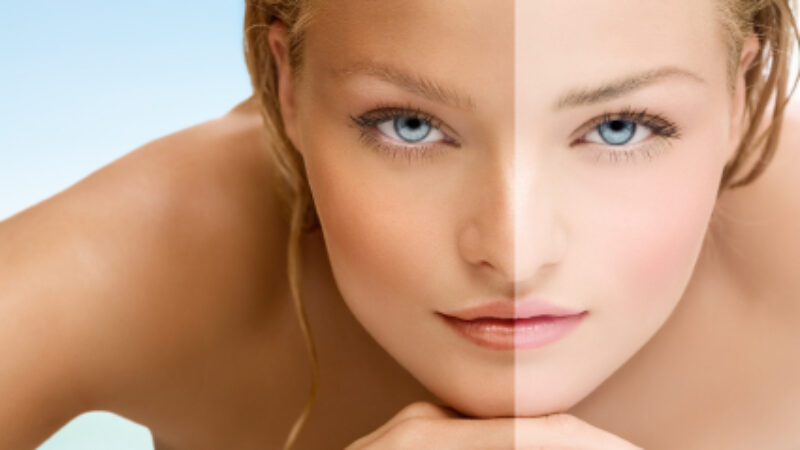As cosmetic and skincare companies modify formulations in order to adjust to customer preferences, you may notice propanediol popping up more frequently in the list of ingredients of your favorite product. Also known as 1,3 propanediol, it is structurally similar to its chemical cousin propylene glycol, but its differences are making it a more popular choice in cosmetic preparations.
Propanediol is a glycol that is used mainly as a solvent and emulsifier, helping formulations with stability. It allows active ingredients to remain suspended uniformly in solution, giving products a consistent and even quality. Glycols are also widely used due to their hydrating properties which lend a smooth feel and finish to the end product.
The advantages that propanediol has over propylene glycol are many:
• Studies have shown it to have low potential for skin irritation
• EWG gives it an overall low hazard rating of 1
• Rather than petroleum-based, propanediol is sourced from corn and produced via a fermentation process using corn sugar
• It comes from a renewable resource, a factor that has become increasingly important as consumers consider environment impact when choosing their products
Generally well-tolerated and favored by those who are looking for more “natural” ingredients, we’ve also become converts. You’ll find this handy little compound in our newly reformulated Apothekari Bespoke vitamin C Serum where it performs the important job of making sure you receive maximum results from its range of highly effective antioxidants.





Hi,
There are so much to learn from Propanediol in this article. I am more of using natural products when it comes to cosmetics because I find them effective and safe to use. This compound is not bad at all since it contains all the benefits that a cosmetic product must have. Thank you for sharing.